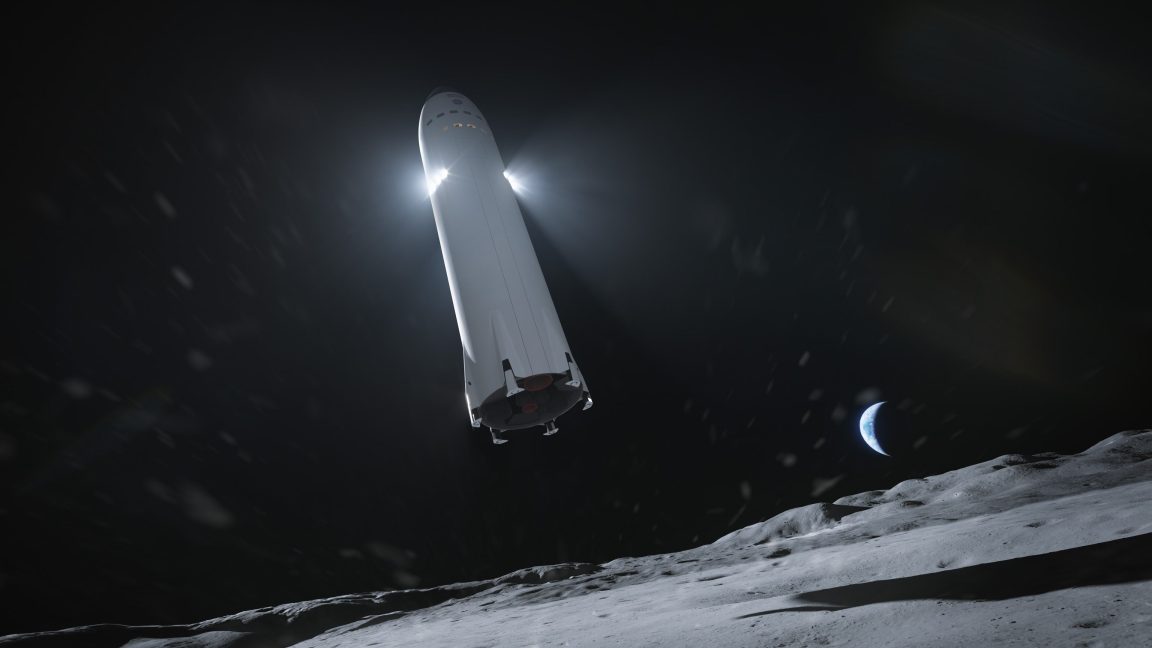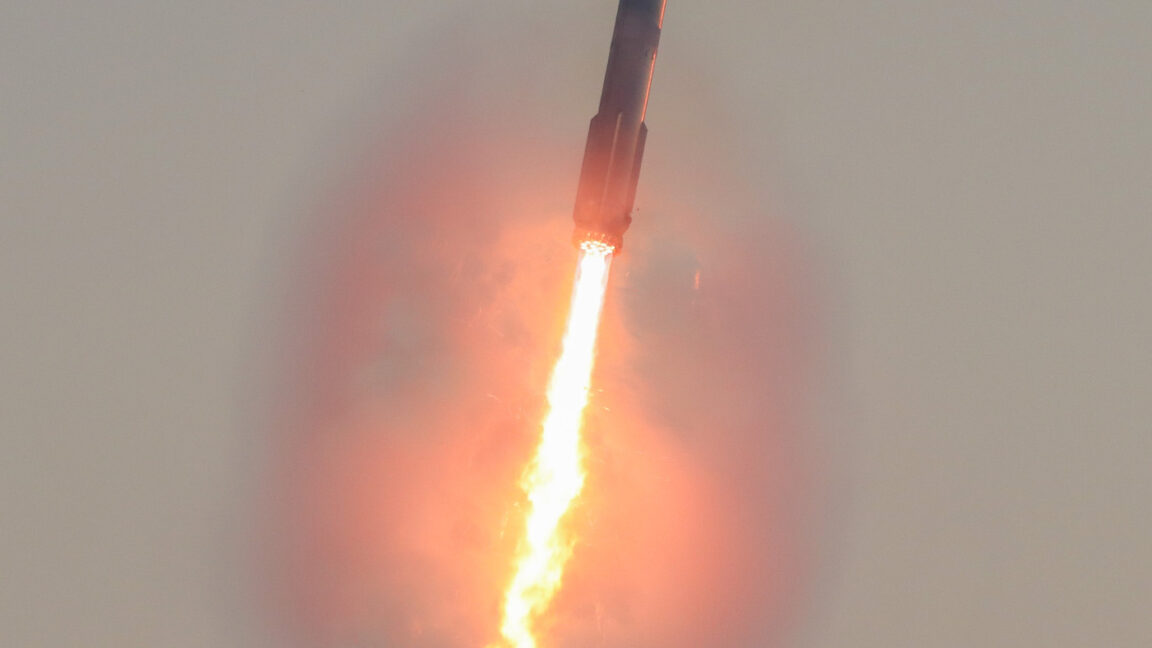NASA announced Thursday that it has awarded three contracts to begin initial development of lunar landing systems that will take astronauts down to the surface of the Moon in less than five years.
With these Human Landing System awards, space agency officials reiterated in an interview that they remain committed to landing a pair of astronauts on the Moon by 2024 and building a sustainable presence by 2028. Asked if 2024 was still "on the table" despite the COVID-19 pandemic and myriad other challenges with such an aggressive timeline, NASA's chief of human spaceflight, Doug Loverro, replied, "It's not only on the table, it is the table."
The awards are notable both for their diversity and NASA's apparent willingness to take a chance on SpaceX and its out-of-the-box concept with its ambitious Starship system.
"Between the three contractors I think NASA has everything it needs to be successful for the 2024 landing, and not just that, we have what is necessary for a sustainable lunar presence by 2028," NASA Administrator Jim Bridenstine told Ars. "We’re thrilled. Each one of these contractors brings not just unique designs, they’re bringing unique histories and unique philosophies toward development. All of that makes NASA better."
Three contracts
The awards, which cover a period of 10 months, were given to the following teams:- $579 million to the Blue Origin-led "National Team." Blue Origin will serve as the prime contractor, building the Blue Moon lunar lander as the "descent element" of the system, along with program management, systems engineering, and safety and mission assurance. Lockheed Martin will develop a reusable "ascent element" and lead crewed flight operations. Northrop Grumman will build the "transfer element," and Draper will lead descent guidance and provide flight avionics. It will launch on a New Glenn rocket.
- $253 million to a Dynetics-led team. The company's proposal for a lunar lander is non-traditional and includes Sierra Nevada Corporation as a major partner. The ALPACA lander has a pair of drop tanks that are launched separately, which allow the main lander to be reused. These tanks are depleted and then jettisoned during descent. ALPACA could be launched on United Launch Alliance's Vulcan rocket.
- $135 million to SpaceX. The company bid its Super Heavy rocket and Starship to carry humans to the Moon. The benefit of Starship is that if the vehicle is successful, it would offer NASA a low-cost, reusable solution for its needs.


